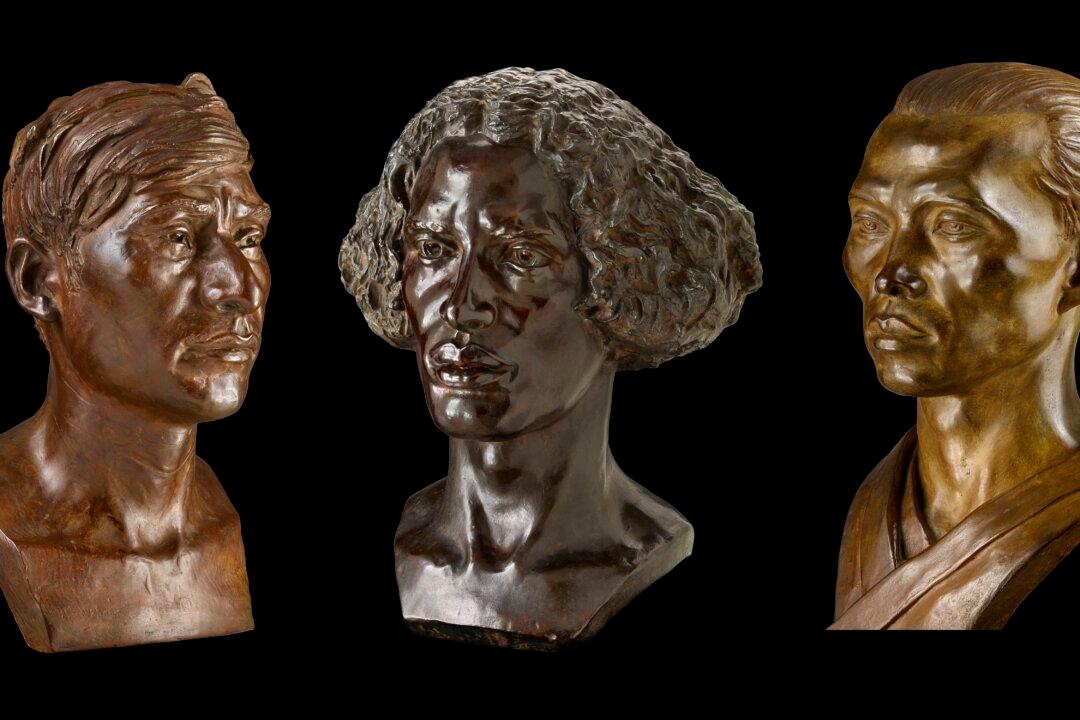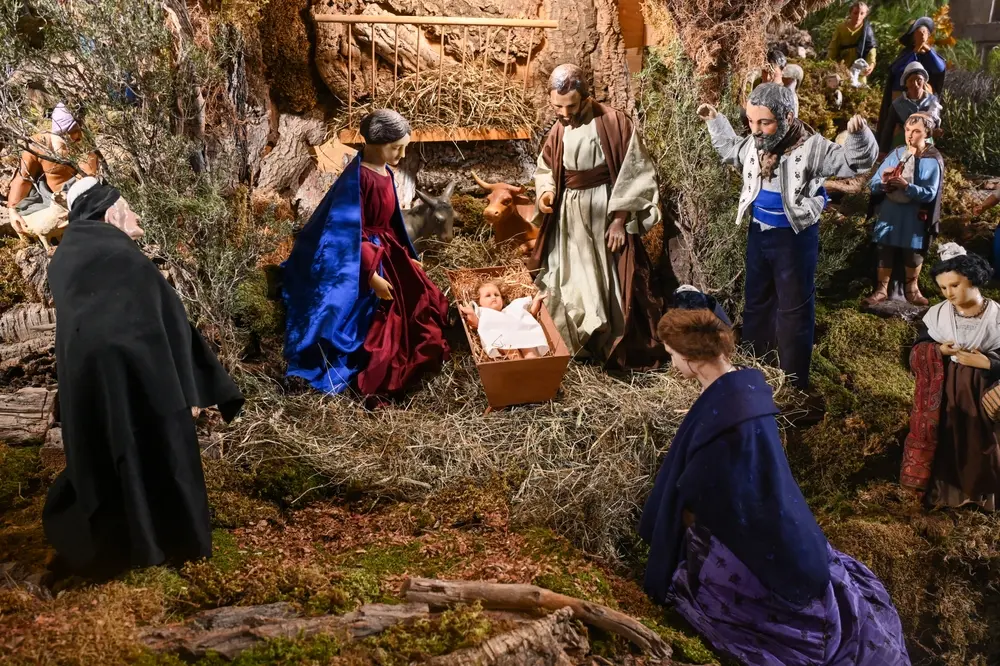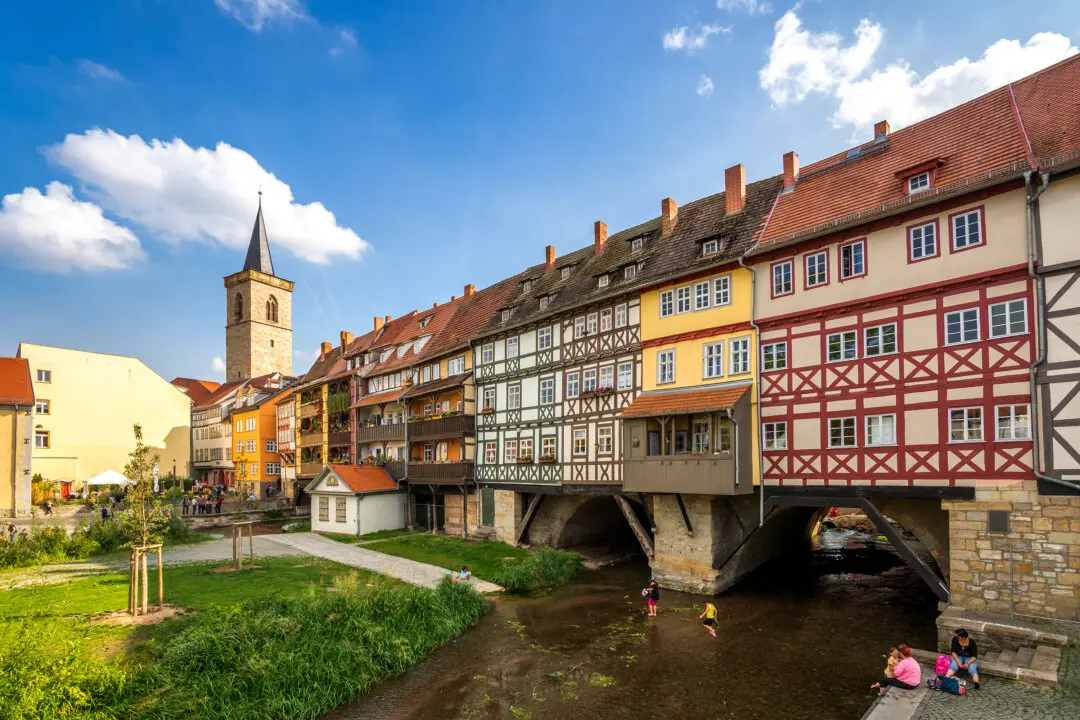“Many a vanishing race will continue to live only in the sculptures displayed in this hall [Hall of Man],” wrote the Field Museum’s department of anthropology curator, Berthold Laufer, in 1933. Global expansion was directly diminishing ethnic minorities, he warned, although he used terms of the era.
The sculptures Laufer referred to were one of the largest and most ambitious art commissions ever: 104 works, including heads, busts, and figures for the “Hall of Man” at the Field Museum of Natural History, as the Field Museum in Chicago was then known.
As far back as 1915, Laufer’s department had the idea for a new type of anthropology hall, beyond the current halls of wall-to-wall glass cabinets containing often unkempt mannequins made of plaster or sawdust, with real hair and glass eyes. Decades later, his anthropology hall vision materialized.In 1929, American sculptor Malvina Hoffman received an intriguing telegram from Field Museum president Stanley Field: “Have proposition to make, would you care to consider it? Racial types to be modelled while travelling round the world.”






